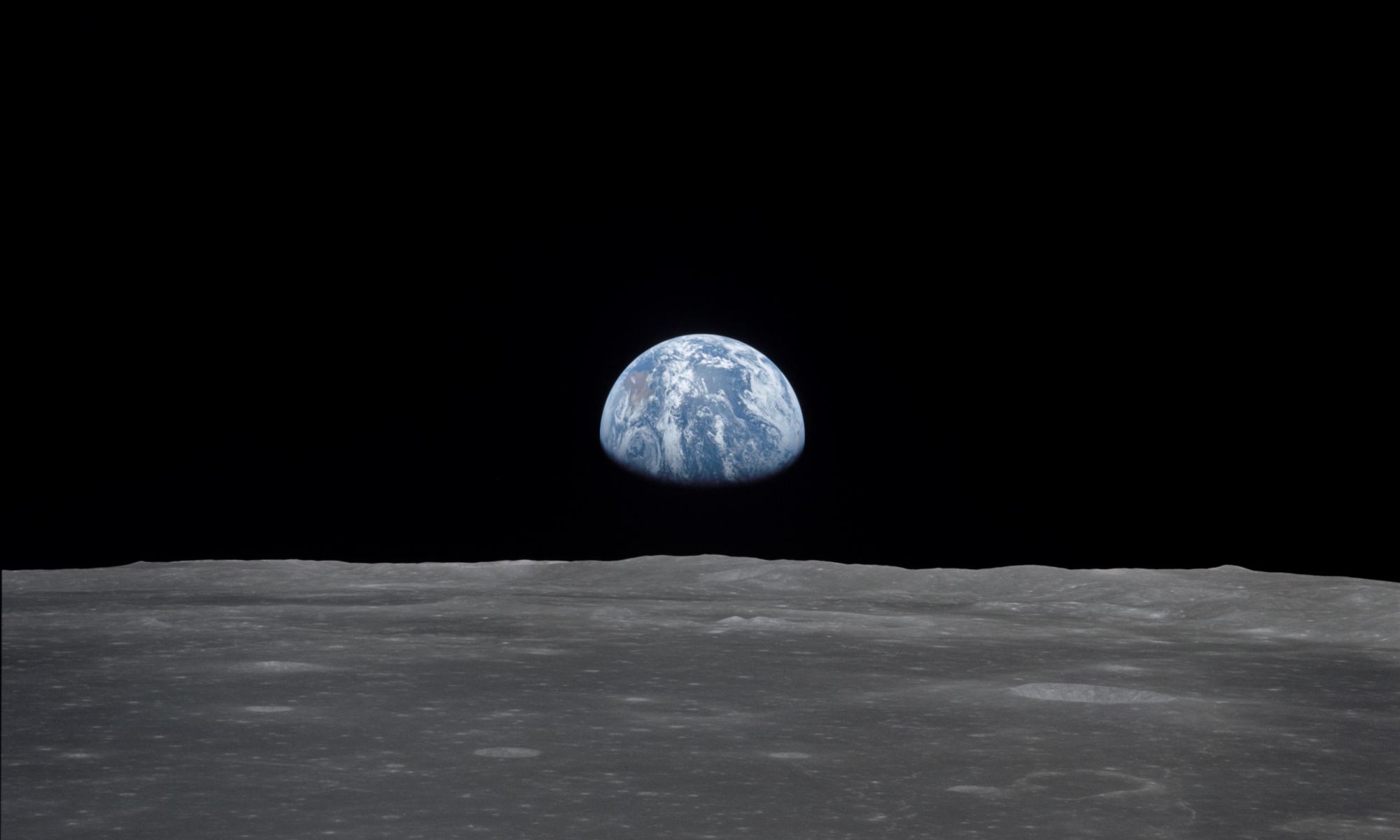Alongside nuclear war or a massive impact from an asteroid, anthropogenic climate change is one of the greatest existential threats facing humanity today. With the rise in greenhouse gas emissions through the 20th century, Earth’s atmosphere continues to absorb more of the Sun’s energy. This has led to rising temperatures, rising sea levels, and increased drought, famine, wildfires, and other ecological consequences. According to the Intergovernmental Panel on Climate Change (IPCC), global temperatures will increase by an average of 1.5 to 2 °C (2.7 to 3.6 °F) by 2050.
For some parts of the world, the temperature increases will be manageable with the right adaptation and mitigation strategies. For others, especially in the equatorial regions (where most of Earth’s population lives), the temperature increases will be severe and will make life untenable for millions of people. For decades, scientists have considered using a sunshield to block a fraction of the Sun’s energy (1 to 2%) before it reaches Earth’s atmosphere. According to a new study by a team led by the University of Utah, lunar dust could be used to shield Earth from sunlight.
Continue reading “Dust From the Moon Could Help the Shade the Earth and Slow Down Climate Change”
